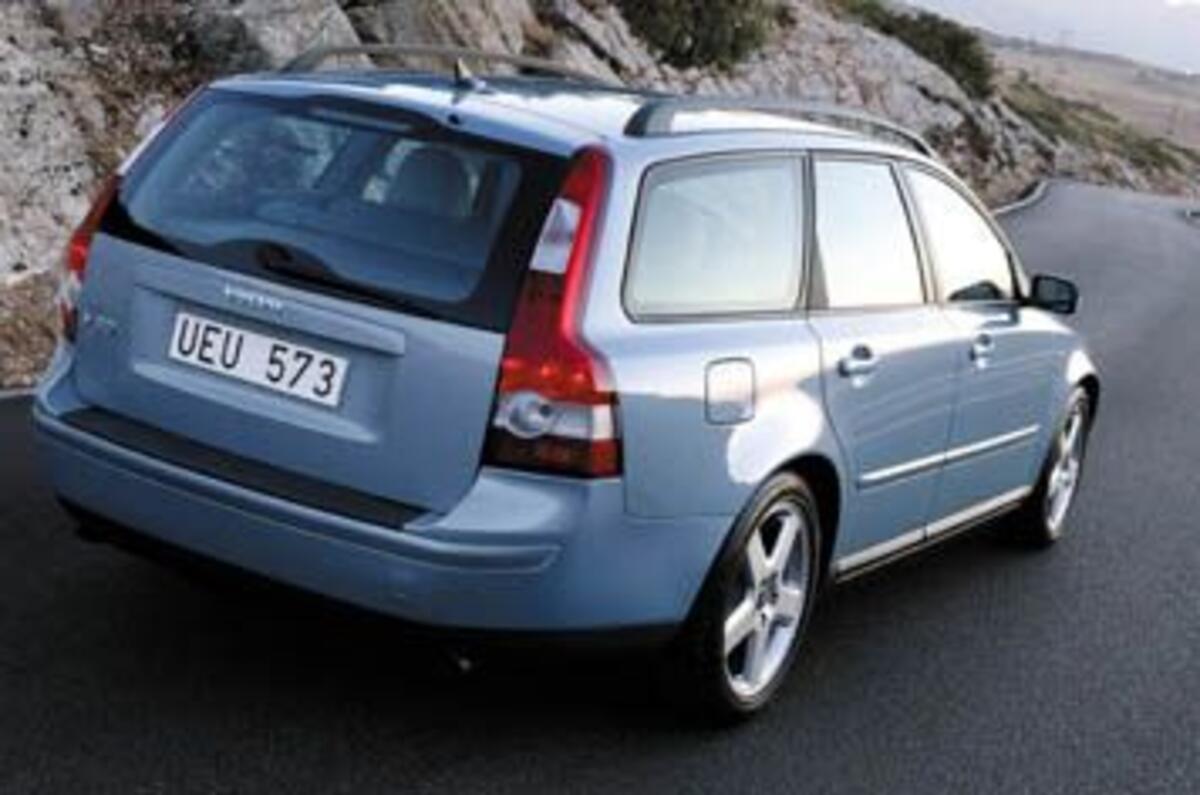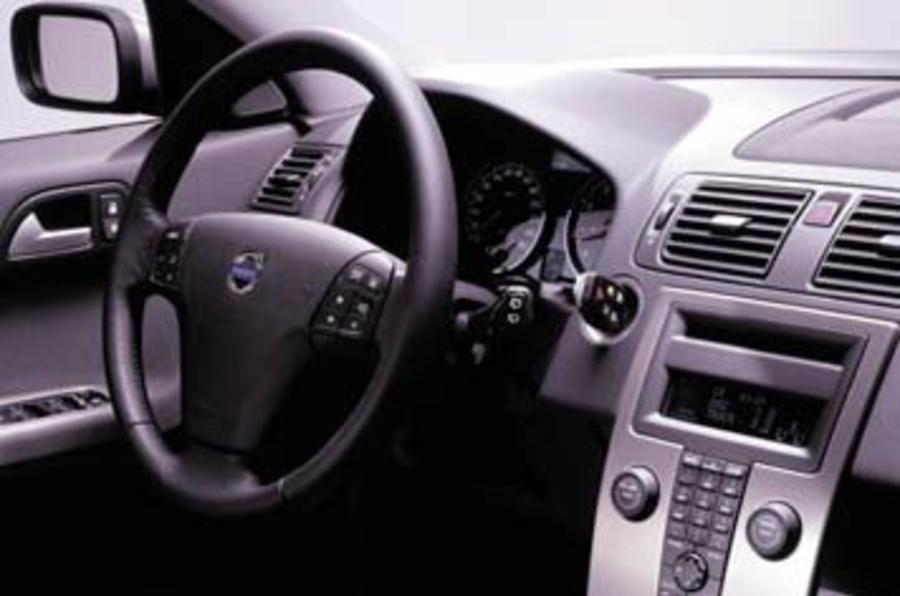People will buy almost anything if the right badge is nailed to it. Look no further than Volvo’s old V40 for proof of that. No amount of negative press seemed to make a difference to the public’s buying habits: between them, Volvo’s lacklustre range of S40 and V40 saloons and estates racked up an impressive 20,000 annual sales in Britain. Never mind that the car – a result of a joint venture with Mitsubishi and sharing a substantial portion of DNA with the absurdly named Carisma – was short on space, quality and ability. It was a cheap Volvo and that was enough for many buyers.
The new V50 shares its platform with another manufacturer’s car, too, but we had a fair idea that we wouldn’t be disappointed this time around. This is because the platform comes not from a second-rate Japanese saloon but from the next Ford Focus, successor to the finest-driving small car of recent years.
Not that you’d get the connection just by looking at this shrunken V70. The finished Peter Horbury design successfully hides its roots so the naked eye sees no more than the strong shoulders, gothic rear lights and V-shaped bonnet – all the trademark Volvo estate features. There’s more than a hint of A4 Avant to the finished product, too – no surprise given that the four-ring ‘lifestle estate’ is one of the V50’s key rivals now that the Swedes have made a concerted effort to push their smallest load-lugger upmarket.
Peruse the specification, though, paying particular attention to the cargo-area measurements, and you’ll see that Volvo’s penchant for making wagons only slightly less capacious then the average Pickford’s truck is alive and well. Because, while boot capacity with the seats in place (417 litres, up 4 litres) is still less commodious than either the A4’s or the 3-series’, with the rear seats folded, luggage space jumps to 1307 litres, 10 per cent more than its rivals.
And that’s without counting the extra cubes released when you fold the front passenger seat flat, MPV-style. All good news, except for tall drivers who’ll need to duck under the open tailgate which doesn’t lift far enough. But a bigger wheelbase and the resulting increase in cabin space means that’s the only occasion when you’ll want for space.
Interior quality has also been given a shot in the arm, with more expensive materials and a thoroughly modern design including the same ‘floating’ centre console first seen in the S40 saloon.Engine options mirror those for the S40, which means the first cars arriving in the UK will be offered with petrol power only, in either 170bhp 2.4, or tyre-smoking 220bhp T5 form. A four-wheel-drive T5 joins the range in the summer but, as ever, it is the diesel variants that look to be the most popular in a sector dominated by fleet sales.
Ford’s slightly odd arrangement with Peugeot – whereby the former produces the small diesel engines and the latter the larger – leaves an area of overlap where both manufacturers produce different 2.0-litre units. And so, like the C-Max, the V50 2.0D uses the slightly smoother French unit rather than the TDCi lump fitted to the Mondeo. Here it knocks out 136bhp at 4000rpm and 236lb ft at half that speed, putting it squarely between the A4 TDi 130 and BMW’s 320d Touring on power and performance.
With 1456kg to shift, straight-line zip is blunted slightly over the lighter C-Max, but the headline figures – 62mph in 9.6sec and 130mph flat out – don’t do justice to the way this V50 feels on the road. There’s little lag to speak, a slick six-speed ’box bolted to the end of the crankcase and, for company drivers, the peace of mind that comes with Euro IV compliance for all but the earliest cars, thus exempting them from the three per cent tax loading.








Add your comment